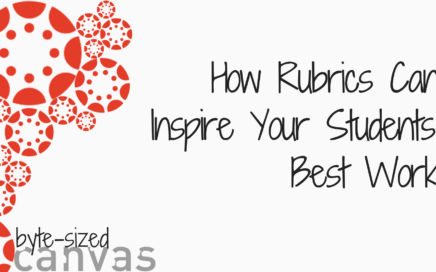
How Rubrics Can Inspire Your Students’ Best Work
A well-done rubric is a thing of beauty for both students and instructors. They provide students with a set of guidelines to help them meet your expectations for the assignment […]

A well-done rubric is a thing of beauty for both students and instructors. They provide students with a set of guidelines to help them meet your expectations for the assignment […]

@ONE welcomes two new IDs to our team and announces updates to our course adoption process and certificate programs.

Was your college education largely spent sitting in lecture halls and classrooms listening to professors talk (…and talk…and talk)? Even if that works in face-to-face situations—and research is showing otherwise—it’s […]
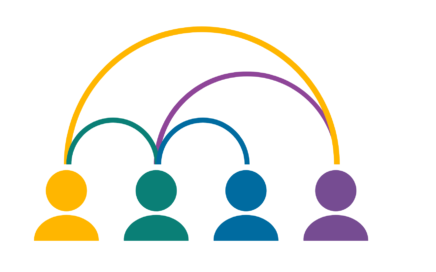
Why are student-student interactions so important in an online course and what strategies are most helpful to cultivate them?

When broaching the argument that online courses aren’t as effective as in-person, people often bring up the absence of face to face contact. But video conferencing platforms like Zoom and […]

Can•Innovate 2019, a free online conference brought to you by the CVC-OEI for the California Community College system, will be held on Friday, October 25, 2019. The call for proposals is now open.

Learn how to use ConferZoom to support instructor-student and student-student interactions in your online courses.

The award-winning, research-based Peralta Equity Rubric is designed to work with the OEI Course Design Rubric to foster an expanded understanding and appreciation for student populations, particularly for disproportionately impacted students.
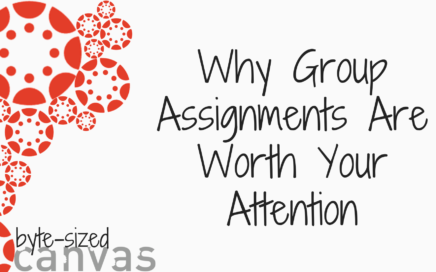
The newly-released updates to Title 5 regulations for online learning include a specific requirement of regular effective contact among students. It’s time to move beyond discussions and embrace the wealth […]
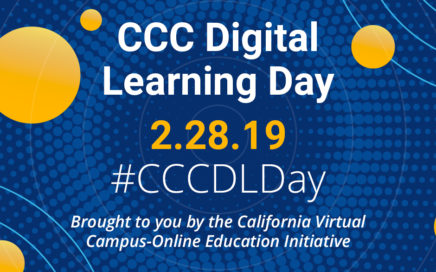
One year ago, CVC-OEI/@ONE held our first free, online conference, CCC Digital Learning Day. On February 28, 2019, this event was held for a second time. Our move away from […]

Coming from a culture of storytellers, I’d like to share a story that inspired this post. I was at my local supermarket in the northeast side of Los Angeles when […]
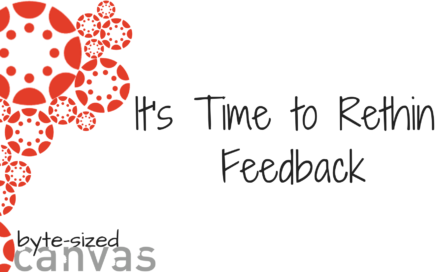
Instructor presence is crucial to student success, perhaps especially in an online learning environment. Offering regular, meaningful feedback is an excellent way to contribute to student learning and to make […]